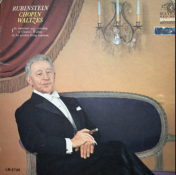Yes, that's a serious question.
Uncle Adams generally defines visualization as what you saw or felt. Well, if I see a purple flower and think it's pretty, then what I saw was a purple flower that I thought was pretty. Is that visualization?
Or is visualization trying to picture what shade of gray the purple flower is going to reproduced as in a black and white print?
Or, is visualization trying to see the flower, determine what shade of gray the flower is going to reproduced as, and deciding whether you'll vignette the print and increase the contrast between the grass behind the flower, and the flower itself?
Or is ALL of that combined visualization? Or is NONE of it visualization?
I've left some of these out for y'all to write down your explanations. It's the only way I can understand things.

Uncle Adams generally defines visualization as what you saw or felt. Well, if I see a purple flower and think it's pretty, then what I saw was a purple flower that I thought was pretty. Is that visualization?
Or is visualization trying to picture what shade of gray the purple flower is going to reproduced as in a black and white print?
Or, is visualization trying to see the flower, determine what shade of gray the flower is going to reproduced as, and deciding whether you'll vignette the print and increase the contrast between the grass behind the flower, and the flower itself?
Or is ALL of that combined visualization? Or is NONE of it visualization?
I've left some of these out for y'all to write down your explanations. It's the only way I can understand things.



 , and those sorts of thoughts.
, and those sorts of thoughts.

